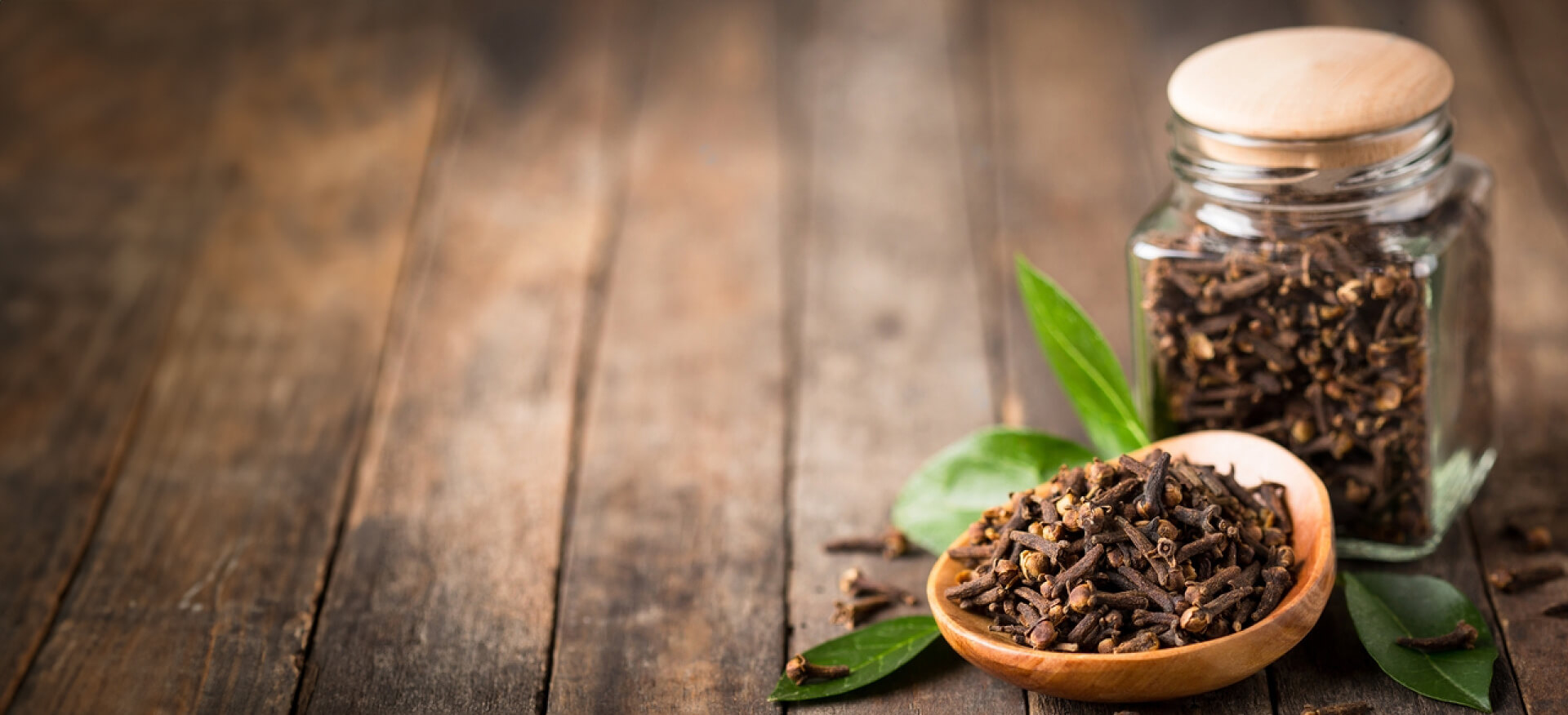Cloves
HISTORY OF CLOVE TRADING AND CULTIVATION
Clove, one of the most prized and expensive spices from the ancient times, is native to the Maluku Islands or the Moluccas in the Indonesian Archipelago. Although the time and manner of introduction of cloves into Sri Lanka are not known, the general belief is that the Arabs or colonists brought the crop to the island as Sri Lanka was a major market for spices.
Along with nutmeg and pepper, clove was highly prized in the Roman Era. Cloves were traded by Arabs in the Middle ages but in the 15th century, Portugal took over the trade. The Portuguese brought large quantities of cloves to Europe mainly from the Maluku Islands and valued it at seven grams of gold per kilogram. Later on, the Spanish, and then the Dutch dominated the trade until the seventeenth century. The French introduced clove to Mauritius in the year 1770. Afterwards, clove cultivation was introduced to Guiana, Zanzibar, West Indies and most of Brazil.
PRODUCING CLOVE OIL
Clove oil can be extracted from the plant leaves, stem, and buds of the tree, through steam distillation. Generally, clove oil is obtained by the distillation of flower buds, inflorescence parts, and the leaves. Clove oil obtained from the bud is colourless while oil manufactured by the stem is a slightly yellowish liquid which gets darker with age and exposure to the light. Meanwhile, clove leaf oil, a dark brown liquid obtained by the distillation of the dry leaves, is the main traded clove oil and is widely used to produce eugenol.
USES OF CLOVE AND CLOVE OIL
Clove is largely used as dried whole buds. Ground clove is a major ingredient in curry mixtures, and clove oil is used for flavouring food, in the pharmaceutical industry, and in the perfume industry.
Cloves are used either whole or ground to add flavour for both sweet and savoury foods in pickling and the production of sauces and ketchup. It is also used in the cigarette industry as a flavouring agent.
